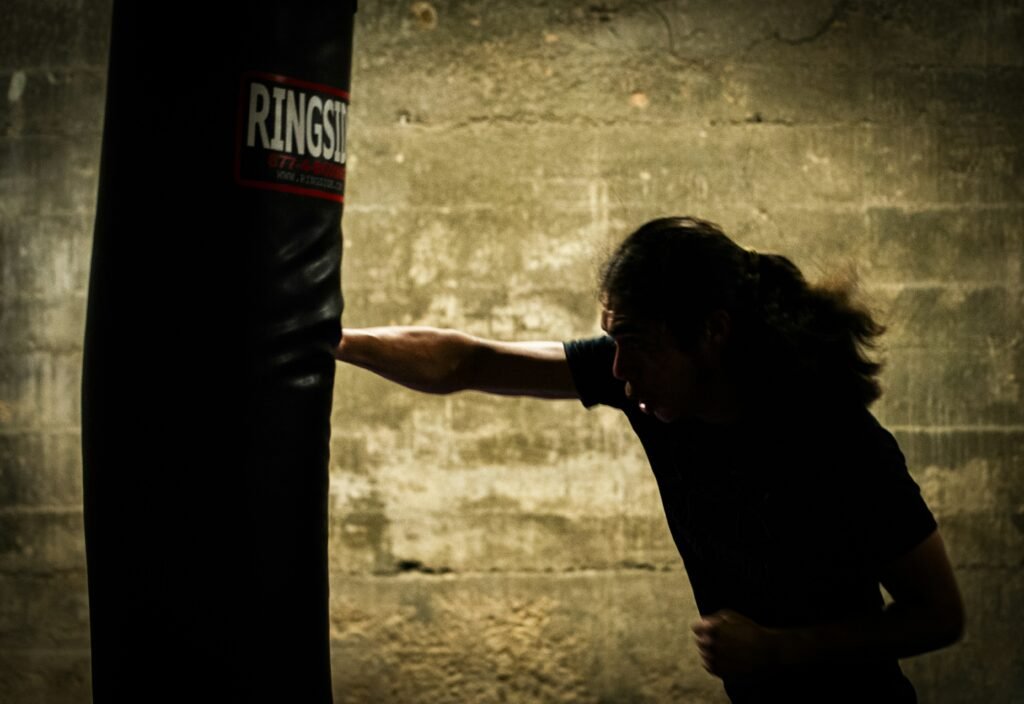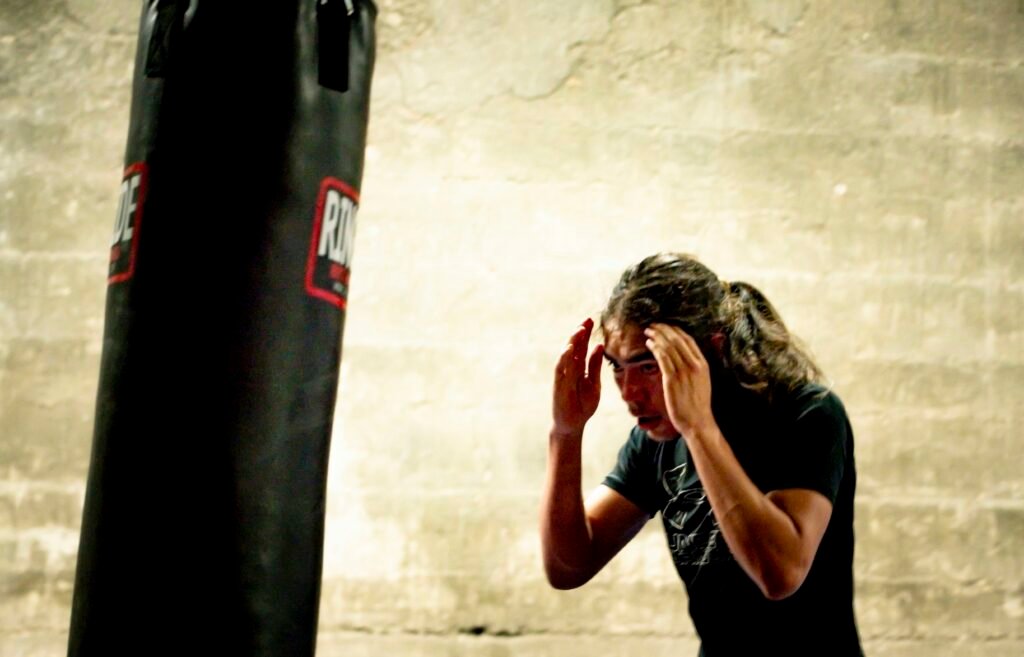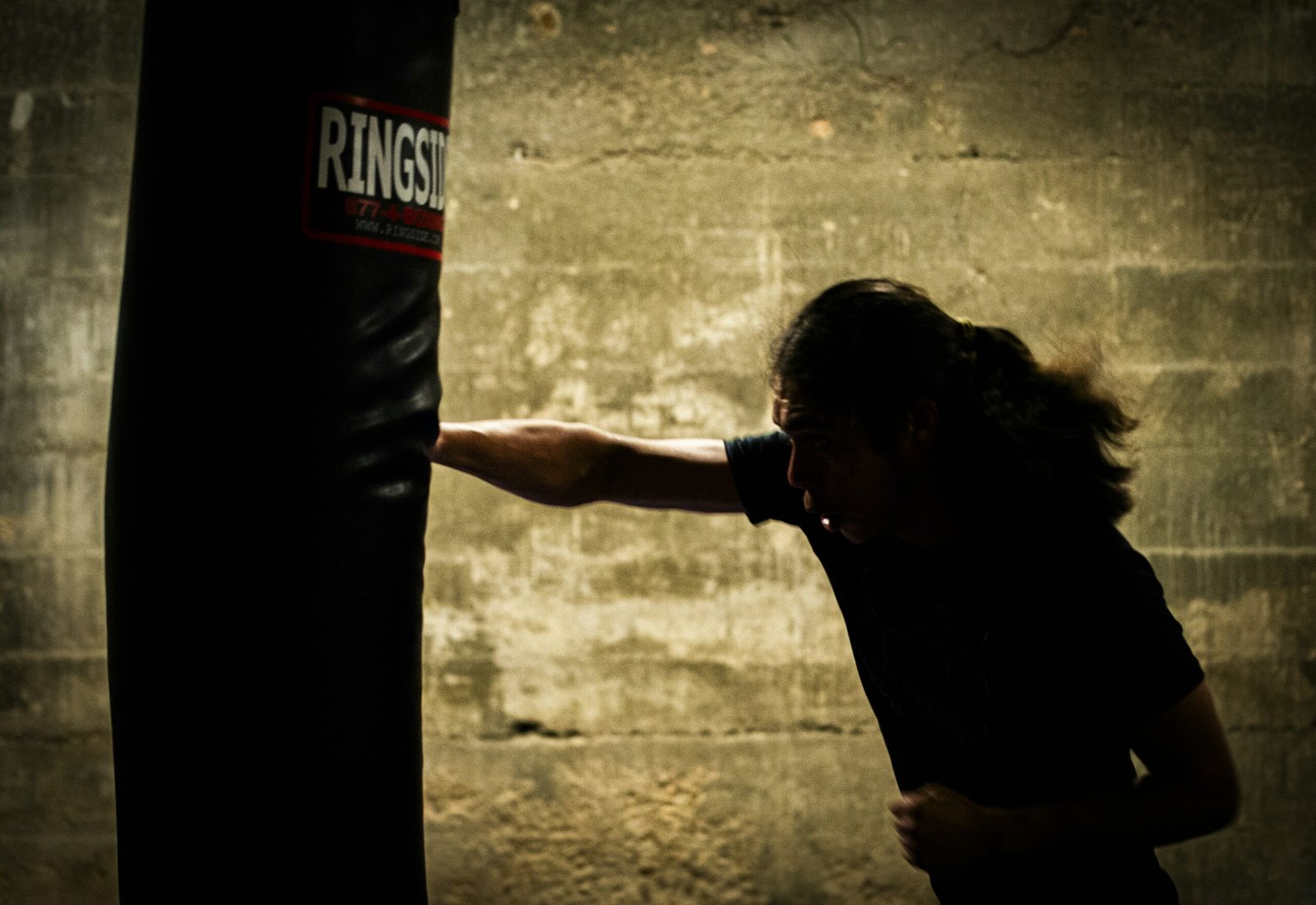Advancements in MMA Training Methods
Have you ever wondered how professional MMA fighters train to become the best in the world? In this article, you’ll discover the latest advancements in MMA training methods that are revolutionizing the way fighters prepare for their bouts. From cutting-edge technology to innovative training techniques, the world of MMA training is constantly evolving. Let’s dive in and explore these exciting developments together!

This image is property of images.unsplash.com.
Evolution of MMA Training
Training methods in Mixed Martial Arts (MMA) have come a long way since the sport’s inception. From traditional martial arts disciplines to modern sports science, the evolution of MMA training has been truly remarkable. In the early days of MMA, fighters typically focused on mastering one particular discipline, such as boxing or Brazilian Jiu-Jitsu. However, as the sport has evolved, so too have training methods. Today, MMA fighters incorporate a wide range of techniques and strategies into their training regimens to become well-rounded athletes capable of competing at the highest level.
Cross-Training
Cross-training is a fundamental aspect of modern MMA training. By combining elements of different martial arts disciplines, fighters are able to develop a diverse skill set that allows them to adapt to any situation inside the cage. For example, a fighter might incorporate striking techniques from Muay Thai, grappling techniques from Brazilian Jiu-Jitsu, and wrestling techniques into their training regimen. This versatile approach not only makes fighters more effective in the cage but also helps prevent injuries by reducing overuse of specific muscle groups.
Strength and Conditioning
In addition to mastering technical skills, modern MMA fighters also place a strong emphasis on strength and conditioning. Strength training helps fighters build muscle mass and improve their overall physical fitness, while conditioning workouts focus on developing endurance and stamina. By incorporating a structured strength and conditioning program into their training regimen, fighters are able to perform at their best for the duration of a fight. This holistic approach to training has become essential for success in the highly competitive world of MMA.
Nutrition and Weight Cutting
Nutrition plays a vital role in an MMA fighter’s performance inside the cage. Proper fueling and hydration are essential for optimal training and recovery. Fighters often work closely with nutritionists to develop customized meal plans that support their training goals. In addition to fueling their bodies for training, fighters must also carefully manage their weight leading up to a fight. Weight cutting is a common practice in MMA, where fighters aim to shed excess pounds to make weight for their respective weight classes. However, extreme weight cutting practices can have detrimental effects on a fighter’s performance and overall health.
| Pros of Proper Nutrition | Cons of Extreme Weight Cutting |
|---|---|
| – Improved performance | – Decreased performance |
| – Faster recovery | – Increased risk of injury |
| – Enhanced endurance | – Negative impact on health |

This image is property of images.unsplash.com.
Technology in Training
Advancements in technology have transformed the way MMA fighters train and compete. From wearable devices that track performance metrics to virtual reality simulations that enhance sparring sessions, technology has opened up new possibilities for fighters looking to gain a competitive edge. For example, fighters can use heart rate monitors to track their intensity during training sessions, or analyze video footage to identify areas for improvement. With the help of cutting-edge technology, fighters are able to fine-tune their skills and optimize their training like never before.
Recovery and Regeneration
Recovery and regeneration are crucial components of an MMA fighter’s training regimen. In order to perform at their best, fighters must prioritize rest and recovery to allow their bodies to heal and adapt to the demands of training. Techniques such as cryotherapy, massage therapy, and foam rolling can help reduce muscle soreness and improve overall recovery. Proper sleep and nutrition also play key roles in the recovery process. By incorporating recovery strategies into their training routine, fighters can ensure they are operating at peak performance levels on fight night.

This image is property of images.unsplash.com.
Mental Training
In addition to physical preparation, mental training is also an essential aspect of MMA training. Mental toughness and focus are critical components of success inside the cage. Techniques such as visualization, mindfulness, and cognitive behavioral therapy can help fighters develop a strong mental game and overcome challenges both in training and during competition. By training their minds as well as their bodies, fighters are better equipped to handle the mental pressures of fighting at the highest level.
Training Camps and Sparring Partners
Training camps are an integral part of an MMA fighter’s preparation for a fight. Fighters often travel to specialized training facilities, known as camps, to immerse themselves in a focused training environment. These camps provide access to elite coaches, training partners, and resources that help fighters elevate their skills to the next level. Sparring partners are also a crucial component of an MMA fighter’s training regimen. By training with partners who can simulate the style and tactics of their upcoming opponent, fighters can better prepare for the unique challenges they will face in the cage.
Coaching and Cornering
Coaching and cornering play a significant role in the success of an MMA fighter. Dedicated coaches work with fighters to develop game plans, strategies, and techniques tailored to their individual strengths and weaknesses. During a fight, the fighter’s corner team provides guidance, motivation, and tactical advice between rounds. Effective communication between the fighter and their corner is essential for making real-time adjustments and maximizing performance in the heat of competition. The relationship between a fighter and their coaching staff is built on trust, respect, and a shared commitment to achieving success in the cage.
Recovery Strategies
Proper recovery strategies are essential for MMA fighters to maintain peak physical condition and prevent injuries. In addition to rest and nutrition, fighters utilize various recovery techniques to help their bodies recover from the rigors of training and competition. These strategies can include:
- Cryotherapy: Exposing the body to extreme cold temperatures to reduce inflammation and promote recovery.
- Massage Therapy: Manipulating soft tissues to relieve muscle tension and improve blood flow.
- Foam Rolling: Using a foam roller to self-massage muscles and improve flexibility.
- Hydration: Maintaining proper hydration levels to support recovery and performance.
- Stretching: Engaging in regular stretching routines to improve flexibility and reduce the risk of injury.
By incorporating these recovery strategies into their routine, fighters can stay healthy, recover faster, and perform at their best when it matters most.
Injury Prevention and Rehabilitation
Injury prevention and rehabilitation are critical components of an MMA fighter’s training program. Due to the physical demands and intensity of the sport, injuries are a common occurrence in MMA. Fighters work closely with athletic trainers and physical therapists to develop strategies for preventing injuries and rehabilitating existing ones. Techniques such as strength and conditioning, physical therapy, and rest can help fighters recover from injuries and avoid setbacks in their training. By prioritizing injury prevention and rehabilitation, fighters can stay healthy and continue to progress in their careers.
The Future of MMA Training
The future of MMA training is filled with exciting possibilities. As the sport continues to grow in popularity and evolve, so too will the methods and techniques used by fighters to prepare for competition. From advancements in sports science to innovations in technology, the world of MMA training is constantly changing and adapting to meet the demands of the modern fighter. By staying at the forefront of these developments, MMA fighters can continue to push the boundaries of what is possible in the sport and achieve new levels of success in the cage.
In conclusion, advancements in MMA training methods have revolutionized the way fighters prepare for competition. From cross-training and strength and conditioning to nutrition and technology, the evolution of MMA training has paved the way for fighters to become more well-rounded athletes capable of competing at the highest level. By incorporating these methods into their training regimens, fighters can optimize their performance, minimize injuries, and maximize their potential inside the cage. The future of MMA training is bright, and the possibilities for fighters are endless. So, whether you’re a seasoned pro or just starting out in the sport, embracing these advancements in training methods can help take your skills to the next level and elevate your performance in the cage.
